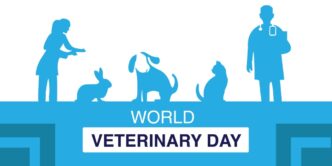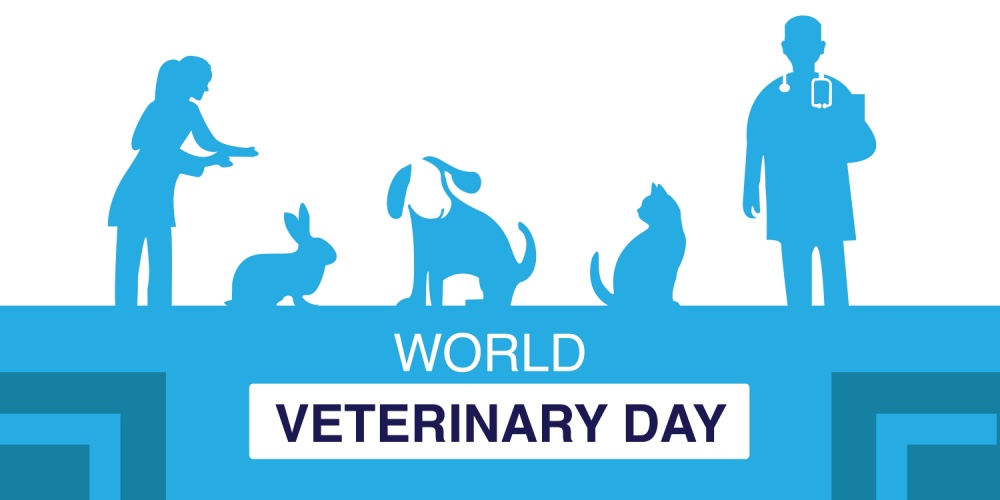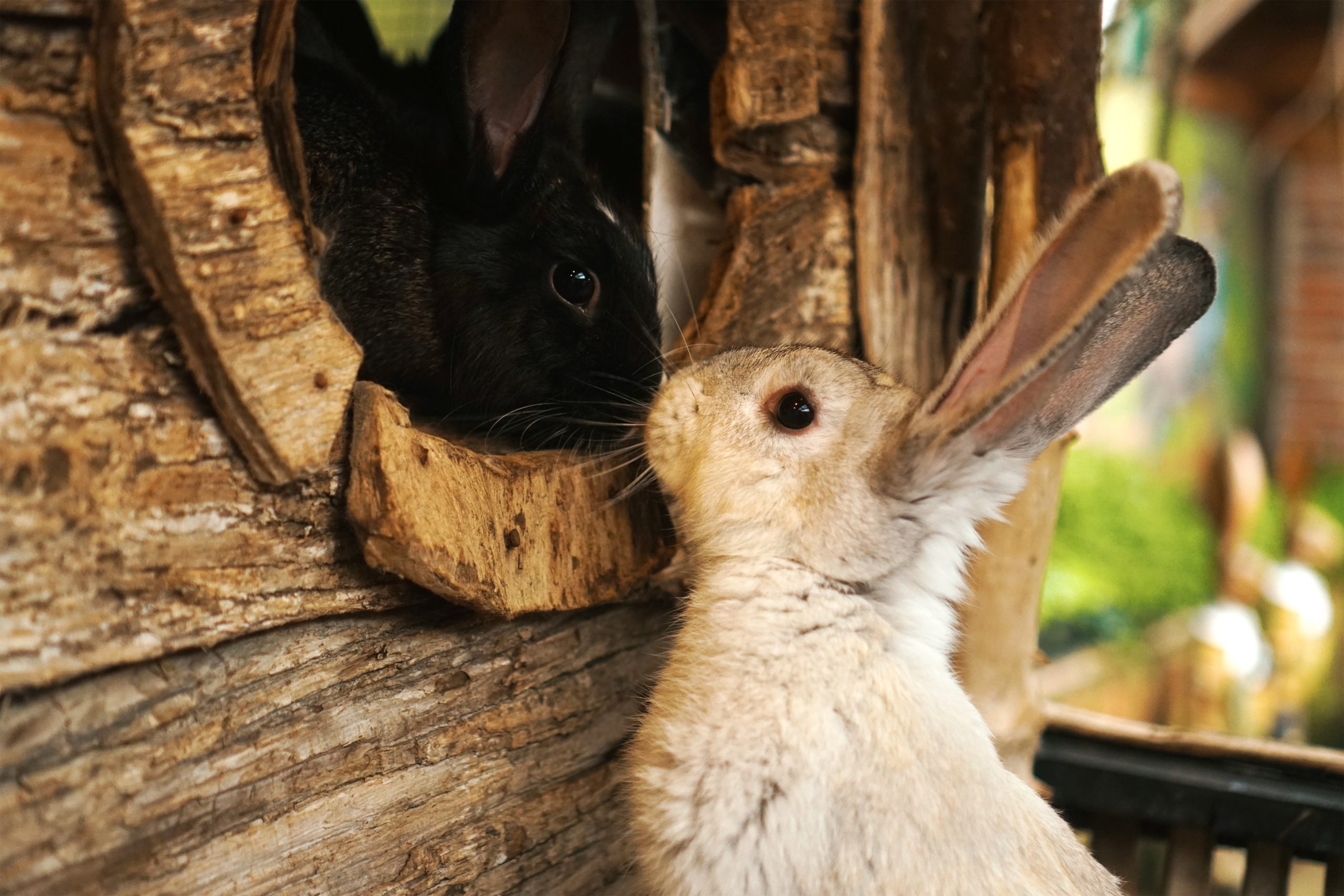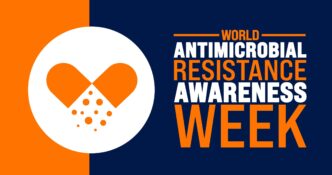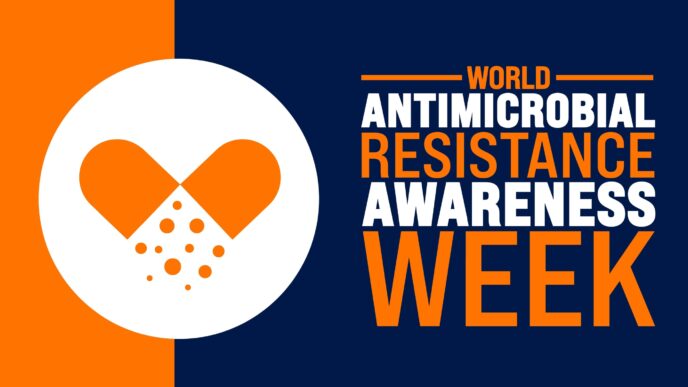This year, the theme of World Veterinary Day is “Animal Health Takes a Team”. An expert in veterinary medicine and livestock production gives us more insight as to why this theme is chosen and the significance behind the theme.
WORDS DATO’ DR QUAZA NIZAMUDDIN HASSAN NIZAM
 FEATURED EXPERT FEATURED EXPERTDATO’ DR QUAZA NIZAMUDDIN HASSAN NIZAM Professor Faculty of Health and Medical Sciences Taylor’s University |
Every year, on the last Saturday of April, the world celebrates World Veterinary Day as a chance to recognize the often-overlooked role of veterinarians in safeguarding not just animal health, but also public well-being, food security, and environmental sustainability.
This year’s theme, “Animal Health Takes a Team”, highlights the collaborative nature of veterinary care, reminding us that protecting animal health isn’t a solo effort — it takes a dedicated team.
FIGHTING OUTBREAKS TOGETHER
- A timely example of veterinary collaboration is the global fight against the highly pathogenic avian influenza (HPAI), a deadly zoonotic disease that threatens not just birds, but also mammals and humans.
- Worldwide, its resurgence has had devastating effects: over 166 million birds culled in the United States and 3 million in the UK, causing egg prices to skyrocket and threatening food security.
- In Malaysia, where the poultry industry is valued at RM18.8 billion, such an outbreak would be catastrophic.
- Thankfully, our public and private veterinarians, alongside multidisciplinary teams, are working tirelessly to keep this threat at bay.
- Early intervention, disease surveillance, and preparedness remain crucial — but these efforts require more than just dedication; consistent government funding and support are non-negotiable.
A UNITED FRONT AGAINST ANTIMICROBIAL RESISTANCE
- Another serious challenge veterinarians face is antimicrobial resistance (AMR), the rise of drug-resistant infections caused by the misuse of antimicrobials in both human and animal healthcare.
- Left unchecked, AMR could render common treatments ineffective and pose significant public health risks.
- To counter this, veterinarians are collaborating closely with farmers, producers, and industry stakeholders to promote the responsible use of antimicrobials.
- Monitoring programmes track residues across the food chain — from farms to slaughterhouses to supermarkets — ensuring safe, residue-free food products reach consumers.
ON THE FRONTLINES OF CLIMATE ACTION
- Veterinarians also play an important but less visible role in addressing global environmental concerns.
- According to the Food and Agriculture Organisation (FAO), agrifood systems were responsible for 16.2 billion tonnes of CO₂-equivalent emissions in 2022, with crop and livestock production contributing nearly half.
- Through strategies like optimizing animal health and productivity, introducing climate-friendly feed additives, and promoting better manure management methods — including composting, anaerobic digestion, and fly larvae conversion — veterinarians are helping reduce the sector’s environmental footprint.
MEETING THE RISING DEMAND FOR ANIMAL PROTEIN
- As Malaysia’s population grows more affluent, so too does the demand for animal protein, especially from the beef and dairy industries.
- To meet this demand sustainably, veterinarians in both the public and private sectors are leading initiatives to improve breeding, feeding, and animal husbandry practices.
- However, these efforts must be supported by forward-thinking government policies to ensure the long-term growth, resilience, and sustainability of the industry.
TACKLING ANIMAL WELFARE AND STRAY CONTROL
- Animal welfare is an emotive issue — from the treatment of farm animals to the control of stray populations in urban areas.
- Veterinarians are expected to lead the way in promoting ethical animal care.
- Managing stray animal populations, in particular, remains a persistent challenge.
- A sustainable solution requires collaboration between veterinarians, local councils, animal welfare groups, and policymakers. This includes creating better regulatory frameworks, public awareness campaigns, and accessible neutering programmes to promote responsible pet ownership.
CHALLENGES FACED BY VETERINARIANS
Resource and Workforce Gap
- The growing number of veterinary clinics in Malaysia reflects an increase in pet ownership and public concern for animal health.
- However, the sector still faces resource constraints and manpower shortages, making it difficult to meet rising service expectations.
- To address this, collaboration with financial institutions, training providers, and government agencies is needed to invest in clinic infrastructure, equipment, and workforce development.
- This will help scale up services and improve access to quality veterinary care nationwide.
Recognizing and Retaining Veterinary Talent
- Despite their vital role, public-sector veterinarians in Malaysia remain underpaid and undervalued, even after completing rigorous five-year training programmes equivalent to those of medical doctors.
- Compared to counterparts in Singapore, China, or South Korea, Malaysian veterinarians face a noticeable salary gap.
- This has led many to seek better-paying opportunities in the private sector or pharmaceutical industry.
- To retain talent, Malaysia urgently needs a comprehensive salary review, clearer career progression pathways, and a merit-based recognition system.
FINAL THOUGHTS
- Veterinarians are the unsung heroes working across farms, clinics, laboratories, and policy offices to protect animals, people, and the planet.
- On this World Veterinary Day, let’s do more than thank them.
- Let’s support them with the recognition, resources, and fair policies they deserve.
| This article is part of our series on health issues affecting animals that are our pets as well as food sources. |

